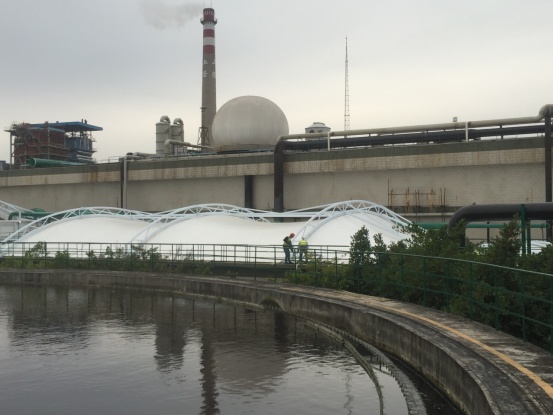From automation on industrial production lines to intelligent home services, robots are transforming our lifestyles and work patterns with their ubiquitous presence. In this transformative process, the development of tactile sensors plays a crucial role. Tactile sensors not only perceive the surface forces and shapes of objects but also work by measuring the physical interactions with their environment, endowing robots with greater precision and flexibility in their operations. This article will delve into the development of tactile sensors and their extensive applications in the robotics industry, revealing the far-reaching impacts of this technology.period Capactive Proximity sensor Many adjustments have also been made, and the direction of product research and development has been reversed, in order to better meet the market demand. https://www.hfyakexi.com/
The Development History and Technical Principles of Tactile Sensors
Touch is a key function of human skin that enables interaction with the surrounding environment through physical contact. Tactile receptors typically rely on touch and pressure detection to respond to external stimuli, such as pressure, bending, stretching, and temperature changes, thereby recognizing contacted objects. In the field of robotics, tactile sensors have become the core components mimicking human tactile functions. Their basic principle involves converting external pressure into electrical signals to estimate and measure forces and shear forces.
Over the decades, tactile sensors have evolved from initial rigid sensing to flexible, highly sensitive, and high-density designs. Currently, the main types of tactile sensors include resistive, capacitive, piezoelectric, optical, and fluidic sensors. Each of these sensors has its own advantages, but they all aim to transform externally applied forces into changes in resistance or capacitance to measure forces and shear forces.
In recent years, technological innovations have significantly enhanced the performance of tactile sensors. Optical sensors stand out for their high spatial resolution and wide dynamic response range, while fluidic solutions like BioTac measure normal and shear forces through flexible rubber skin and ion-conductive fluids. Furthermore, the rise of flexible tactile sensors has opened new possibilities for wearable devices and technologies, greatly expanding their application range.
Applications of Tactile Sensors in the Robotics Industry
Tactile sensors have extensive and profound applications in the robotics industry. In industrial production, these sensors enhance robots¨ environmental perception and operational precision, enabling them to perform automated tasks more accurately and efficiently. For example, on assembly lines, tactile sensors assist robots in grasping and placing parts more precisely, reducing human error and increasing production efficiency.
In the medical field, tactile sensors provide surgical robots with finer operational capabilities. Surgical robots utilize tactile sensors to perceive force feedback during procedures, allowing for more precise execution of surgical tasks, thus reducing risks and improving success rates.
Moreover, tactile sensors play a crucial role in home service robots. By sensing the locations of objects and people in domestic environments, these robots can provide more intelligent and humanized services. For instance, floor-cleaning robots use tactile sensors to detect surface conditions, avoiding collisions and falls; smart speakers utilize tactile sensors to recognize user touch inputs, facilitating a more convenient interaction experience.
The Impact of Tactile Sensor Development on the Robotics Industry
The development of tactile sensors has had a profound impact on the robotics industry. Firstly, tactile sensors enhance robots¨ environmental perception and operational precision, enabling them to perceive and manipulate objects more accurately, thus improving efficiency and safety.
Secondly, the advancement of tactile sensors has propelled the intelligent and autonomous progress of the robotics industry. With tactile sensors, robots can better understand and adapt to their environments, achieving smarter and more autonomous operations. This provides broader market opportunities and application prospects for the development of the robotics industry.
However, the development of tactile sensors also presents certain challenges. For example, reducing signal interference from adjacent units (known as crosstalk) and improving the long-term detection stability of tactile sensors under complex application conditions are critical issues that need to be addressed. Solving these challenges will require continuous innovation and breakthroughs in technology.
Conclusion
The development of tactile sensors has brought revolutionary changes to the robotics industry. By enhancing robots’ environmental perception and operational precision, tactile sensors enable robots to sense and manipulate objects more accurately, thereby improving efficiency and safety. Additionally, the advancement of tactile sensors promotes the intelligent and autonomous progress of the robotics industry, offering vast market opportunities and application potential for the future.
Although the development of tactile sensors still faces challenges and issues, with ongoing technological innovation and breakthroughs, we have reason to believe that tactile sensors will play an increasingly important role in future technological advancements, becoming an essential component of more intelligent systems and providing a more natural and intelligent experience for human-robot interactions.




